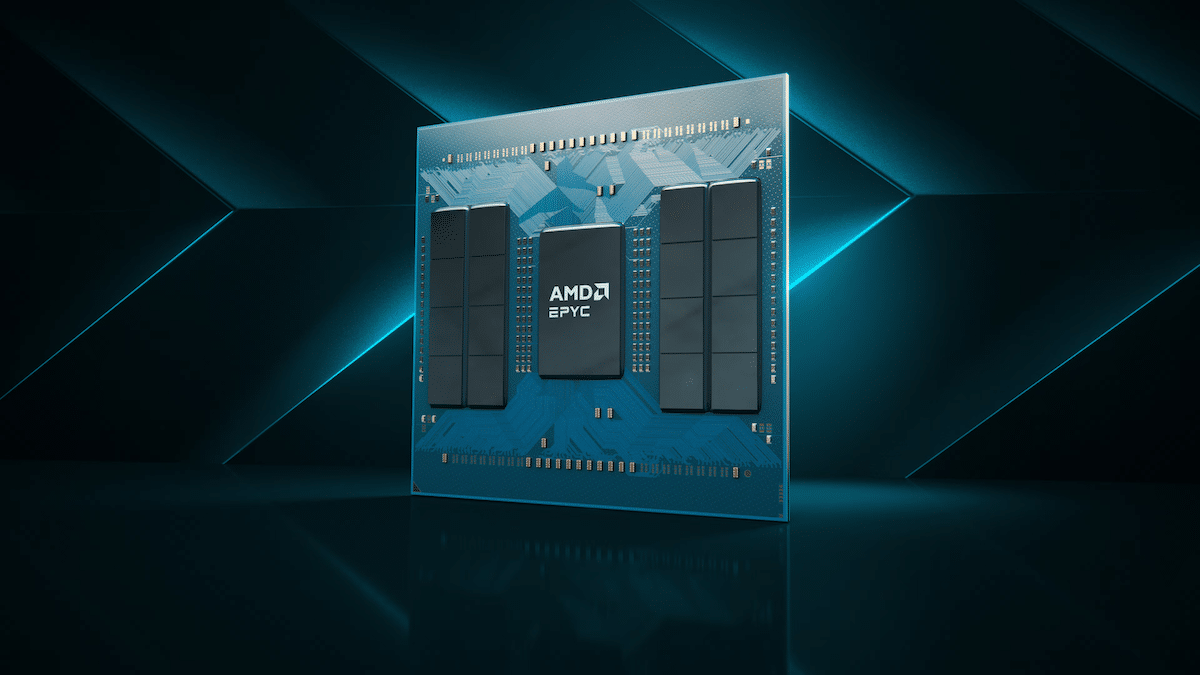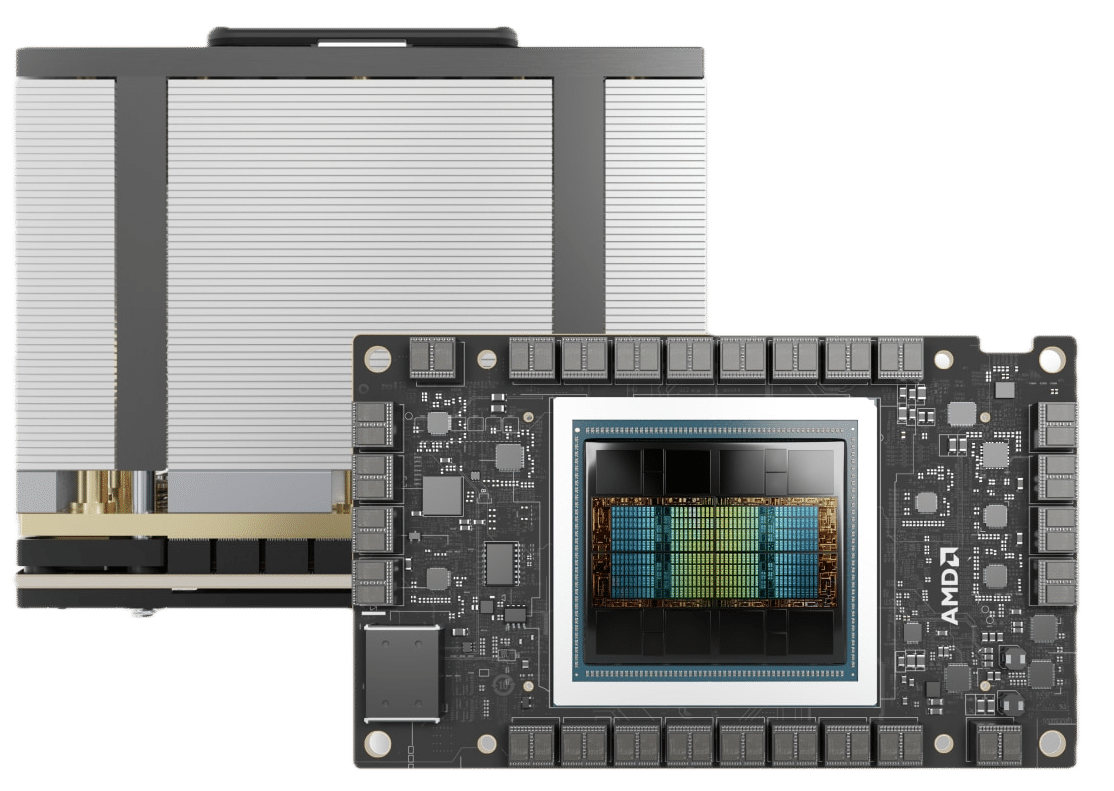AMD shows its HPC prowess at SC24 by powering the world’s fastest supercomputer, El Capitan!
AMD used SC24 to showcase its high-performance computing (HPC) position by powering the world’s fastest supercomputer. The El Capitan supercomputer, located at Lawrence Livermore National Laboratory (LLNL), has achieved a High-Performance Linpack (HPL) score of 1.742 exaflops, making it the fastest supercomputer in the world. This achievement underscores the impressive capabilities of AMD Instinct™ MI300A APUs and AMD EPYC™ processors, combined with HPE technology.
El Capitan and Oak Ridge National Laboratory’s Frontier supercomputer were also ranked on the Green500 list for exceptional energy efficiency, demonstrating AMD’s ability to deliver performance and maintain sustainability for HPC workloads.
El Capitan
El Capitan is the first exascale-class supercomputer for the National Nuclear Security Administration (NNSA), serving LLNL, Los Alamos, and Sandia National Laboratories. Its computational power will support critical missions, including ensuring the U.S. nuclear deterrent’s safety, security, and reliability without testing. El Capitan also conducts high-fidelity 3D simulations and integrates AI and traditional modeling workflows, opening new possibilities for scientific discovery.
Rob Neely, Director of LLNL’s Advanced Simulation and Computing program, emphasized the system’s role in addressing the intricate challenges of national security missions. Bronis R. de Supinski, Chief Technology Officer for Livermore Computing, highlighted El Capitan’s ability to merge AI with traditional modeling, enabling breakthroughs in inertial confinement fusion, biosecurity, climate modeling, and earthquake simulations.
AMD leads the Exascale Era
AMD’s technology continues to set the standard for exascale computing. El Capitan and Frontier are the only exascale systems powered by AMD, delivering unmatched performance for global scientific and industrial applications. Frontier, the second-fastest supercomputer, provides 1.35 exaflops of performance, enabling advancements in climate modeling, biomedical research, and large language model training. Together, these systems represent a monumental leap in computational power, supporting critical research areas like materials science and AI model development.

El Capitan and Tuolumne super computers
Groundbreaking Innovations in AMD Processors and Accelerators
AMD’s compute engines are driving advancements in HPC and AI across industries.
AMD EPYC 9005 Series Processors
The latest AMD EPYC processors deliver up to 37% better generational IPC performance for HPC and AI workloads. These processors also provide up to 3.9x faster time-to-insights for scientific applications, efficiently solving the world’s most complex challenges.
AMD Instinct Accelerators
The AMD Instinct MI300X and MI325X accelerators deliver leadership performance and memory capabilities for AI and HPC workloads. The AMD Instinct MI300A APU integrates CPU and GPU cores with stacked memory into a single package, achieving new performance and energy efficiency levels. This architecture is critical for large-scale applications like AI model training, inference, and data analysis.
Global Impact of AMD-Powered Systems
AMD technology is powering new and existing supercomputers across the globe, enabling advancements in enterprise and scientific research:
- HPC 6 by Eni: This AMD-powered supercomputer is one of the fastest in the world, dedicated to industrial applications.
- University of Paderborn: Deploying a new system using 5th Gen AMD EPYC CPUs to support advanced research.
- Sigma2 AS in Norway: Replacing national supercomputers with an AMD-powered HPE Cray system, expected to be the fastest in Norway.
- IBM Collaboration: Integrating AMD Instinct MI300X accelerators into IBM Cloud to enhance GenAI and AI inferencing for enterprise applications.
- Japan’s QST Supercomputer: Powered by 280 AMD Instinct MI300A APUs, this system will drive AI and scientific research at the National Institutes for Quantum Science and Technology.
Advancing HPC and AI for the Future
AMD’s commitment to innovation is evident in its leadership role in the convergence of HPC and AI. The company’s technologies enable researchers to tackle climate modeling, biosecurity, and energy research challenges. As Forrest Norrod, AMD’s EVP, and GM, noted, AMD is shaping the future of computing with solutions that redefine performance and efficiency.
Engage with StorageReview
Newsletter | YouTube | Podcast iTunes/Spotify | Instagram | Twitter | TikTok | RSS Feed



